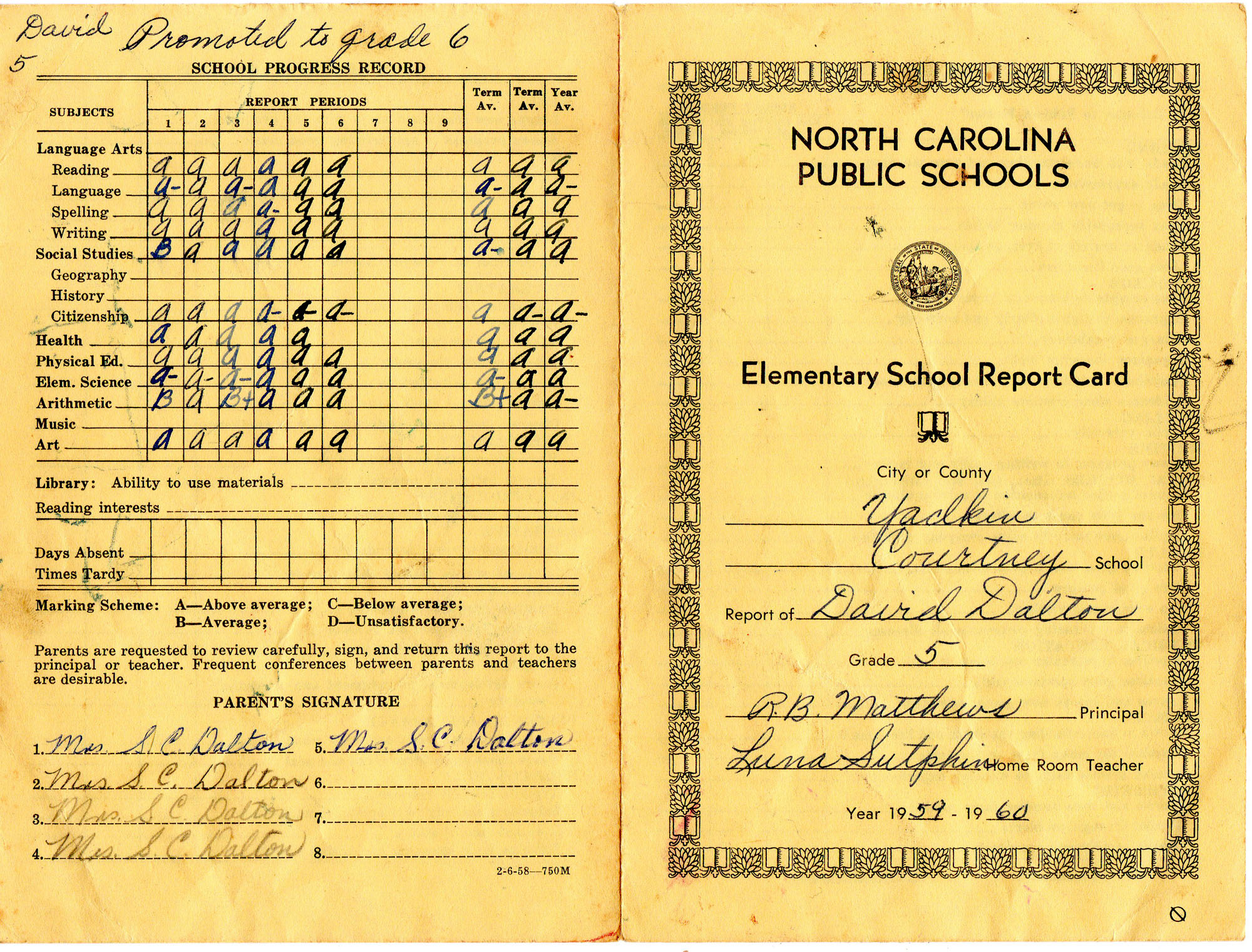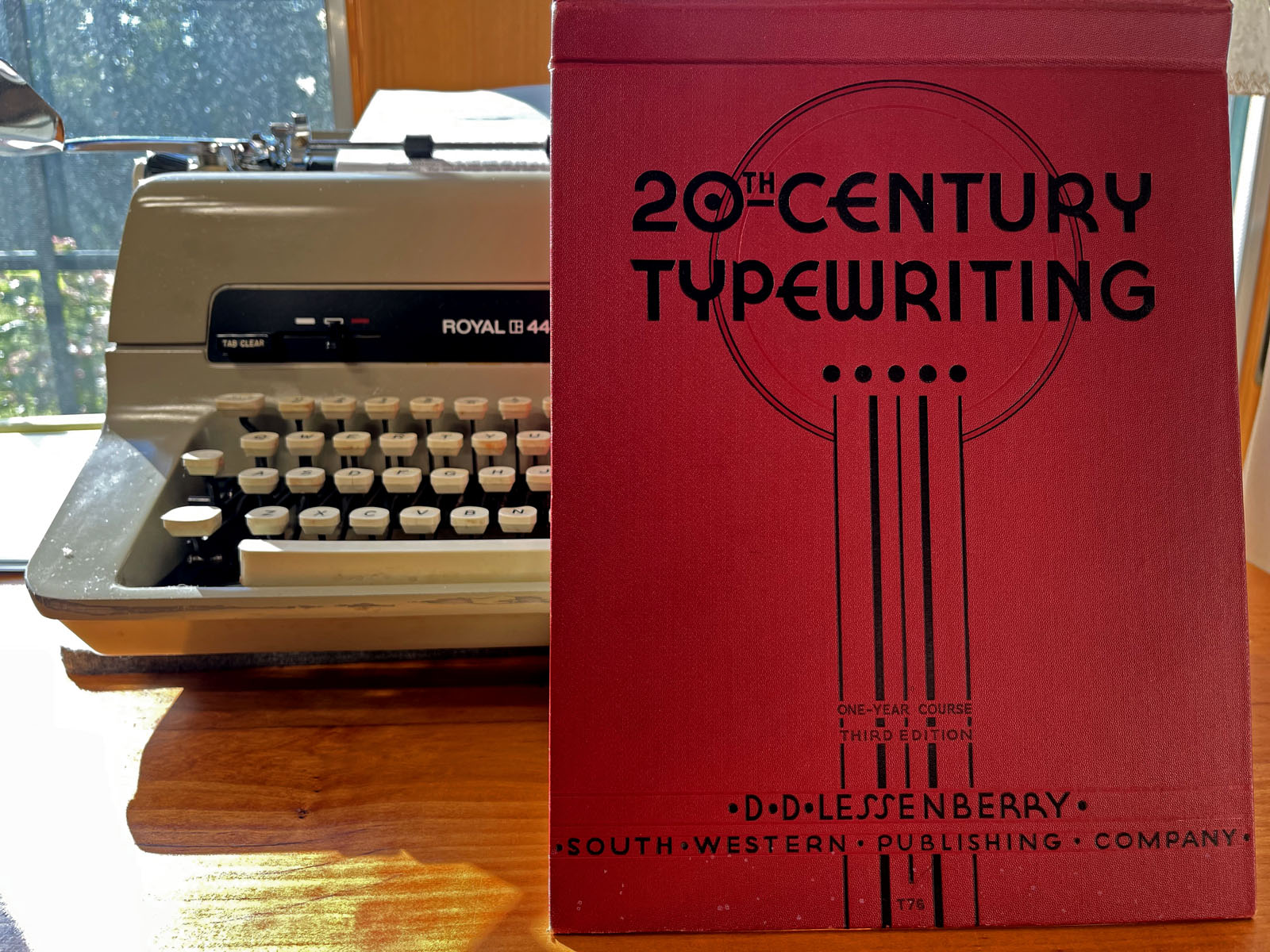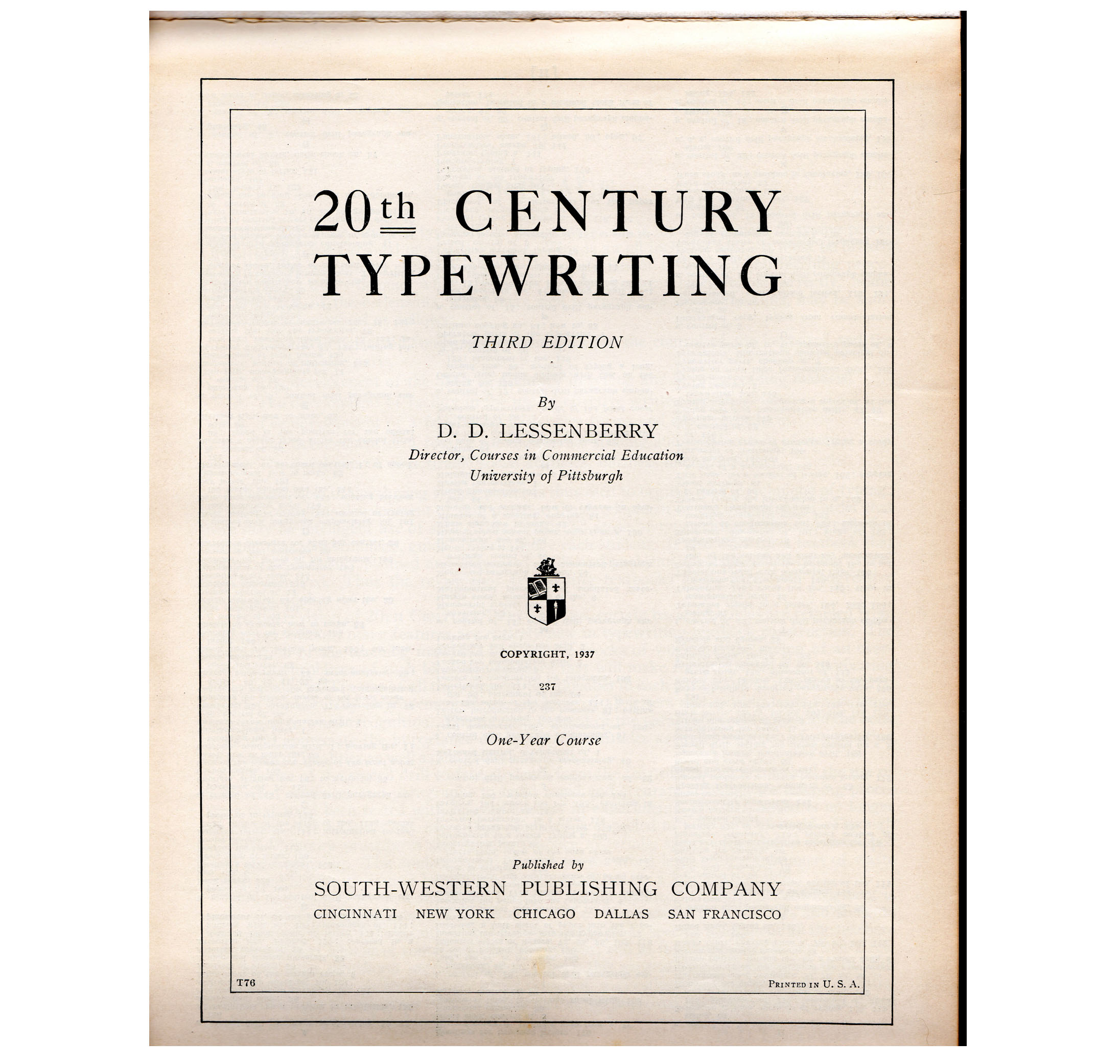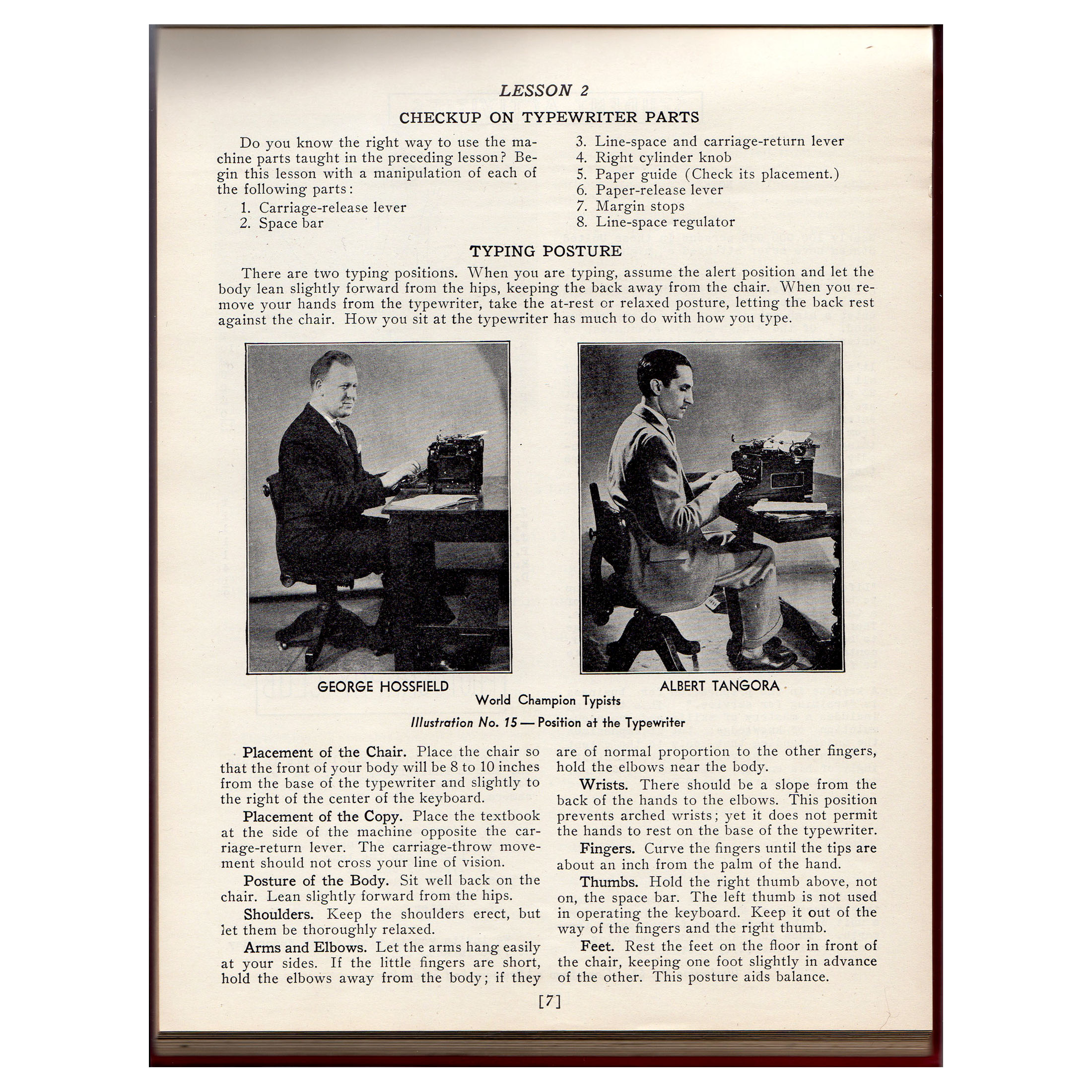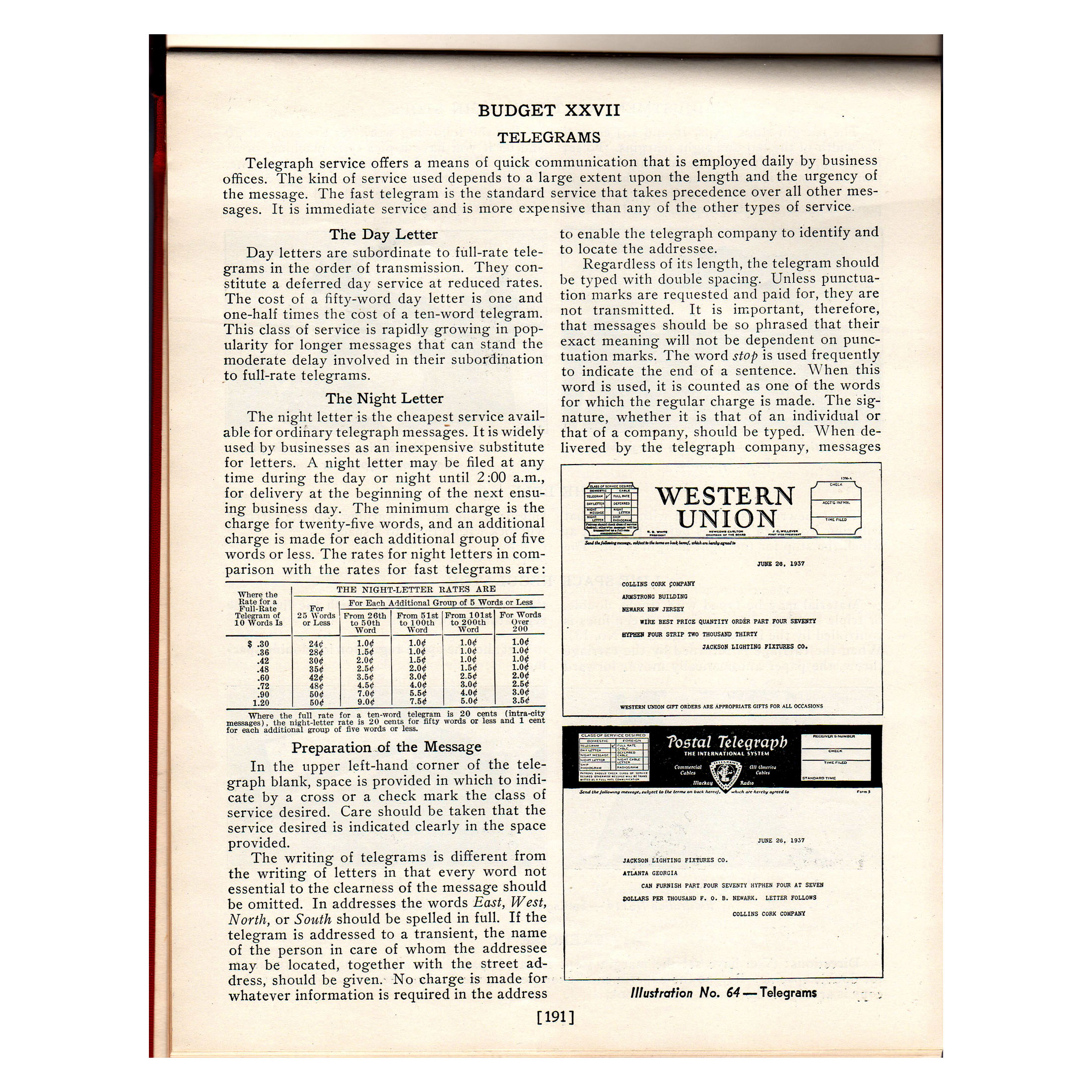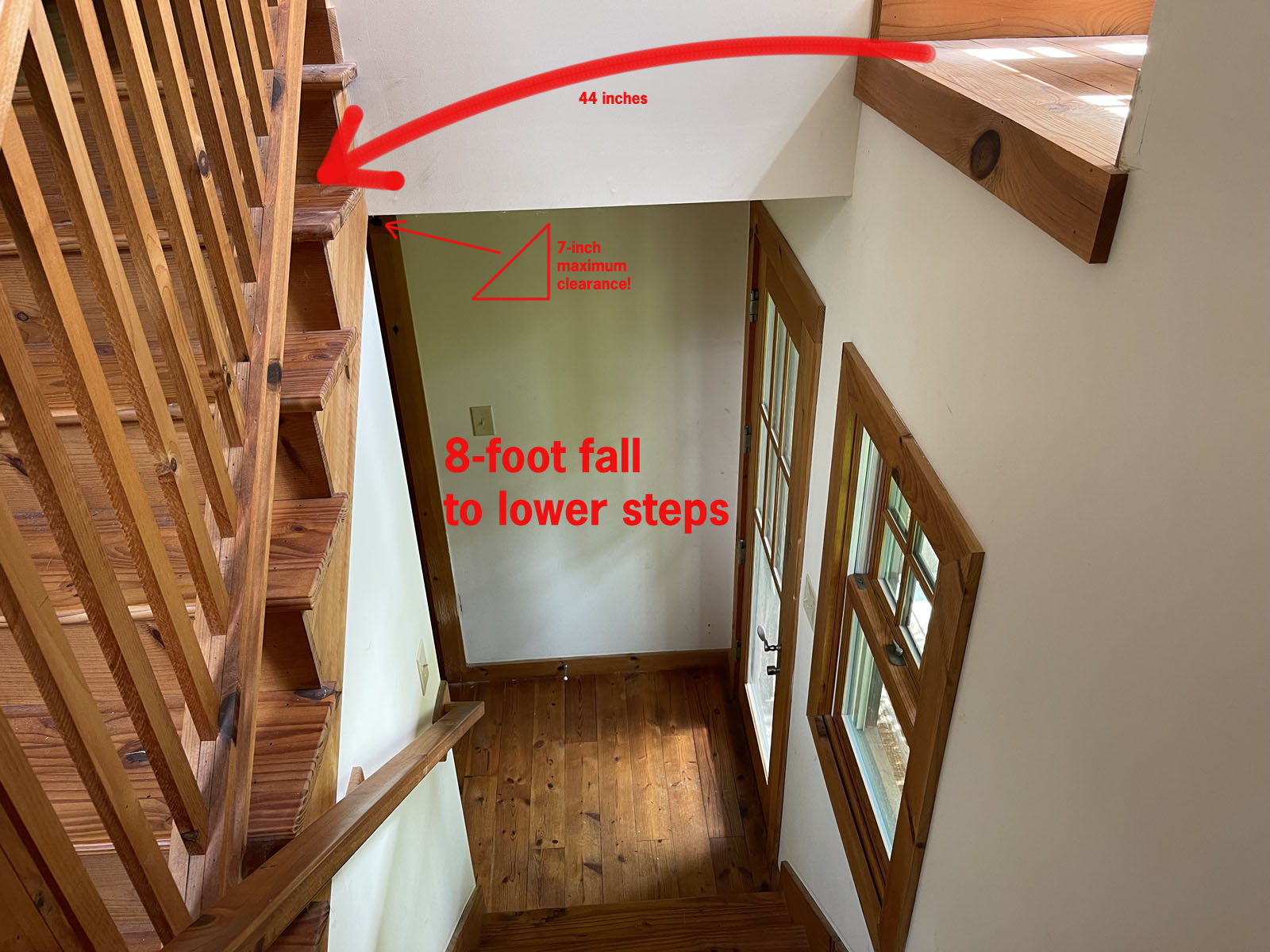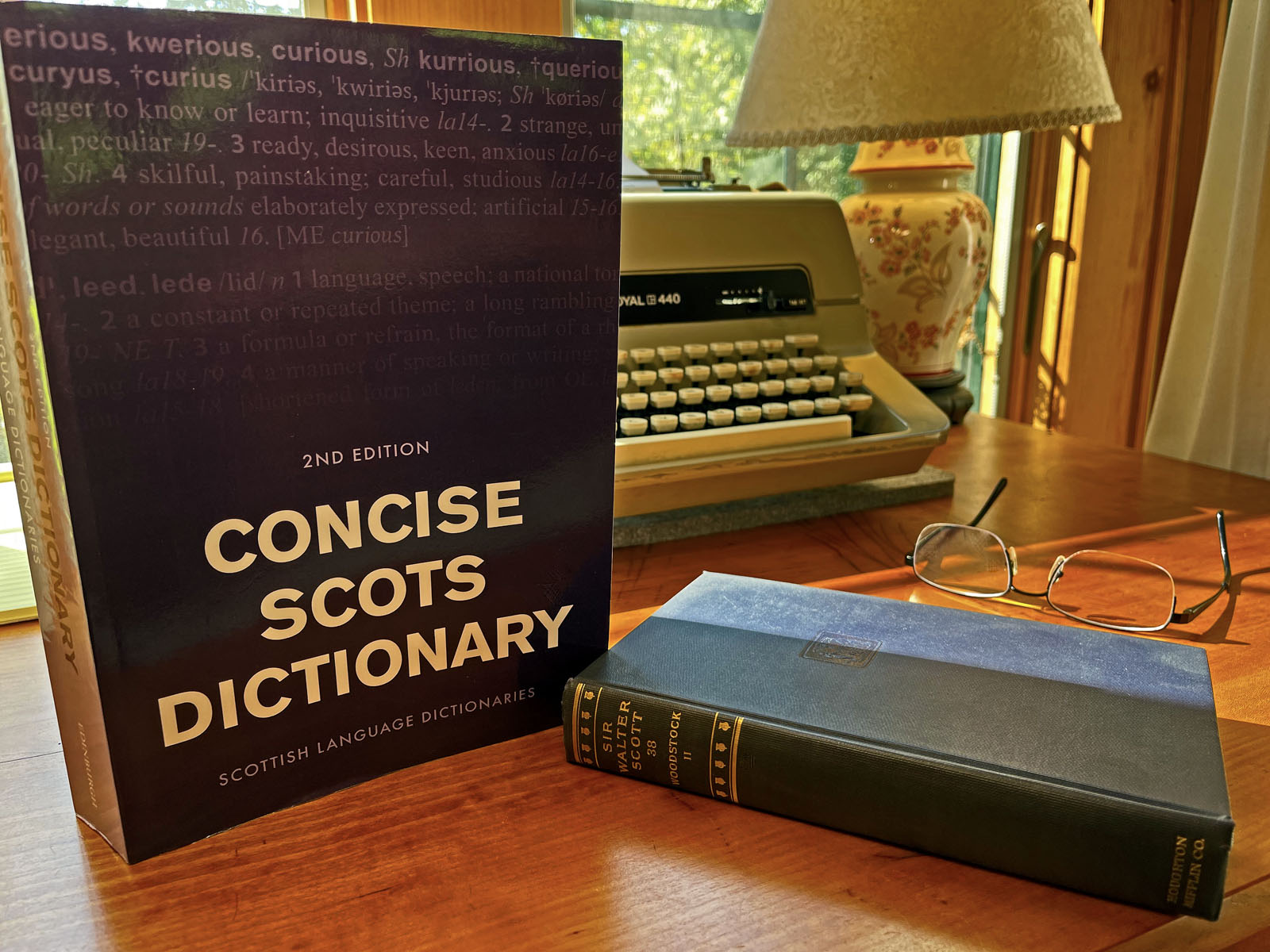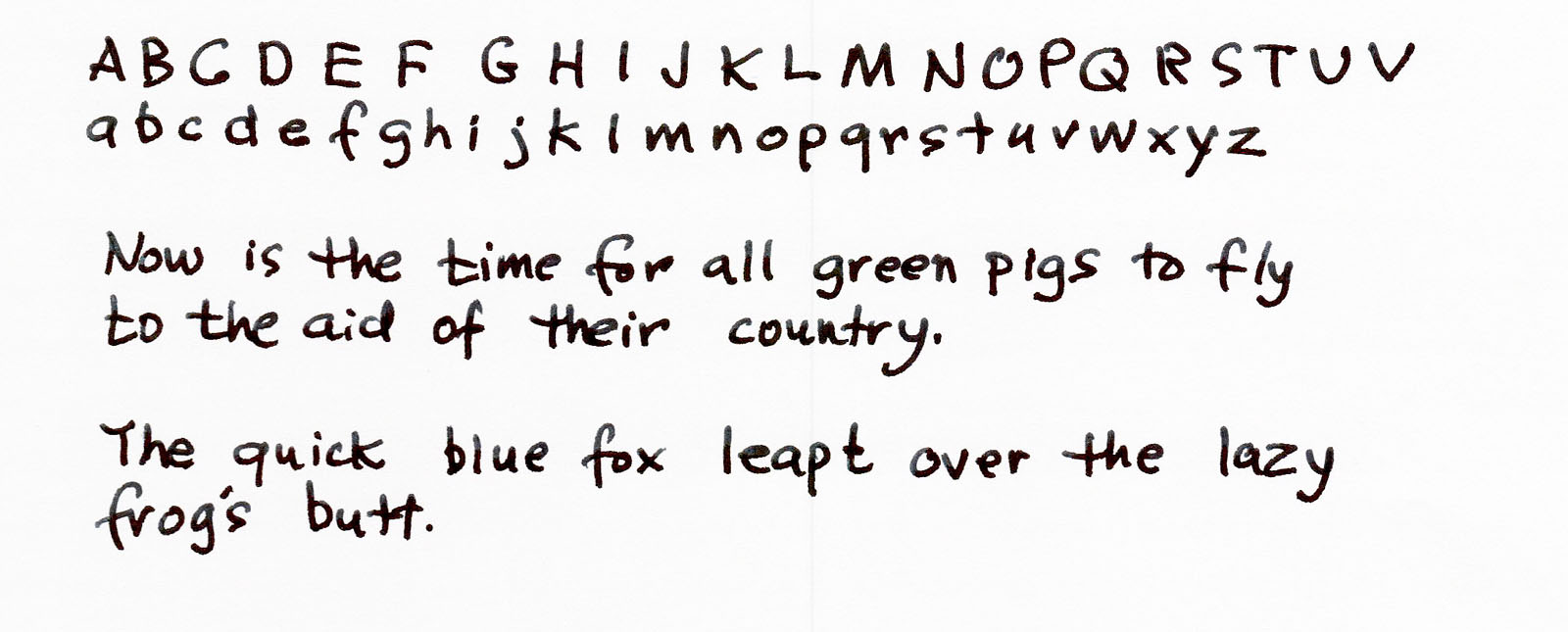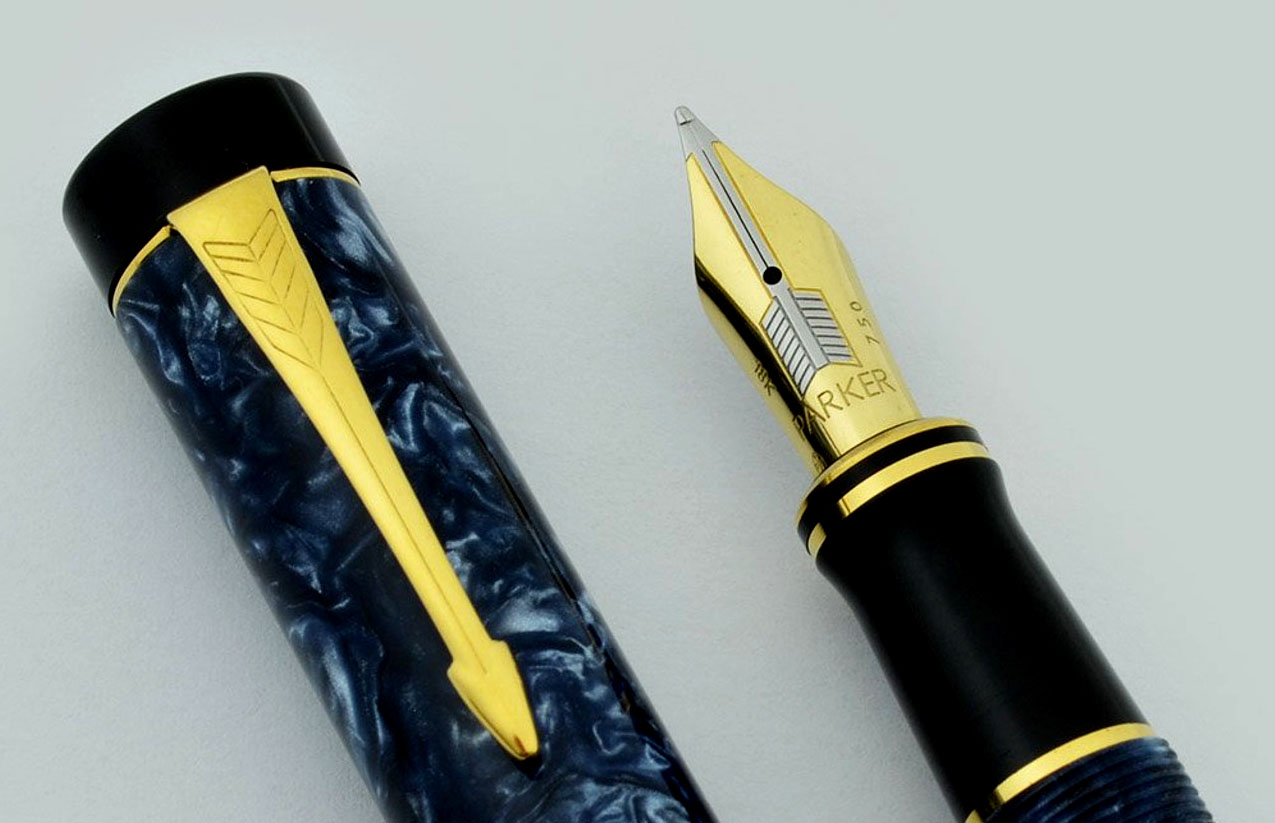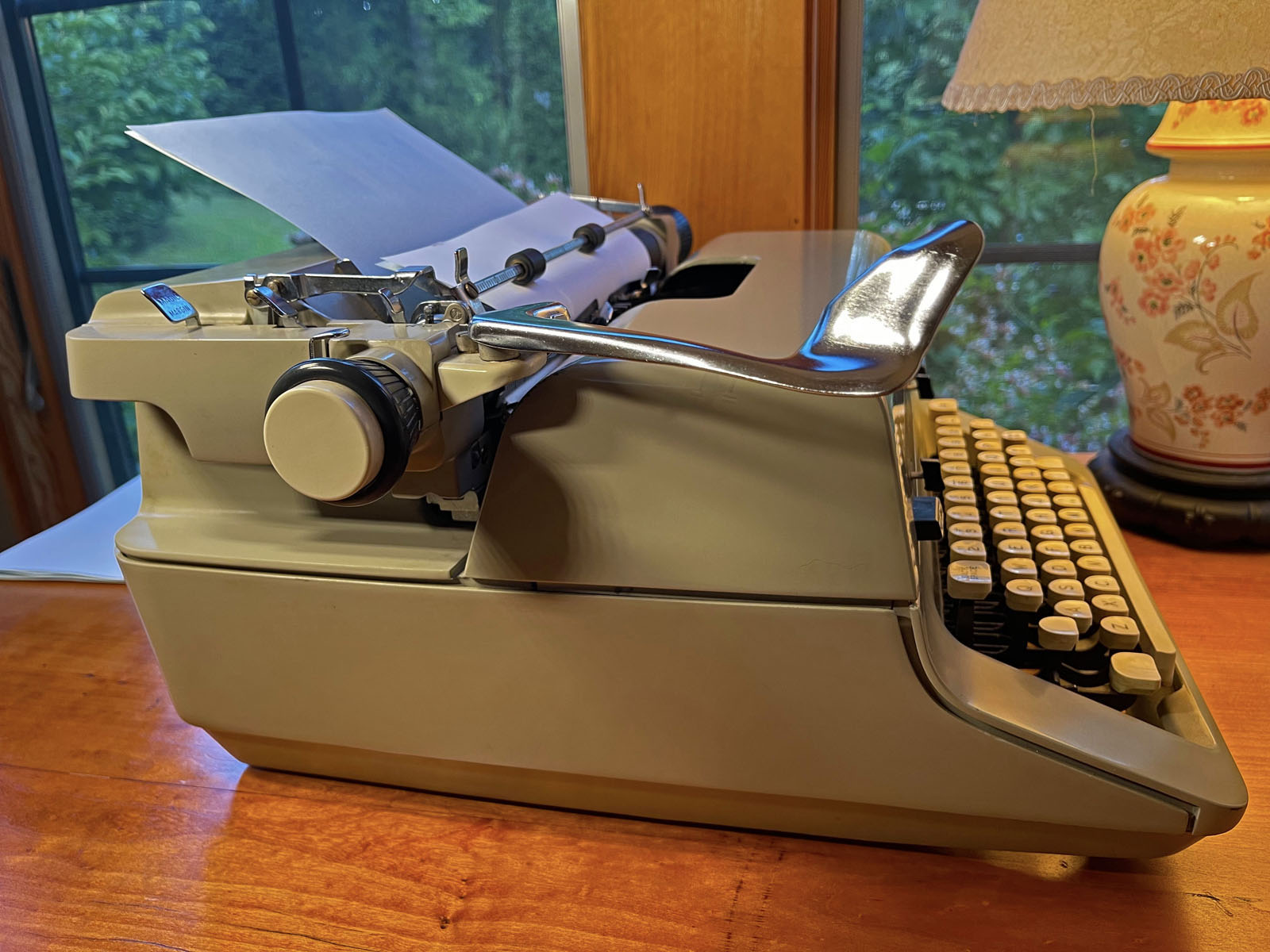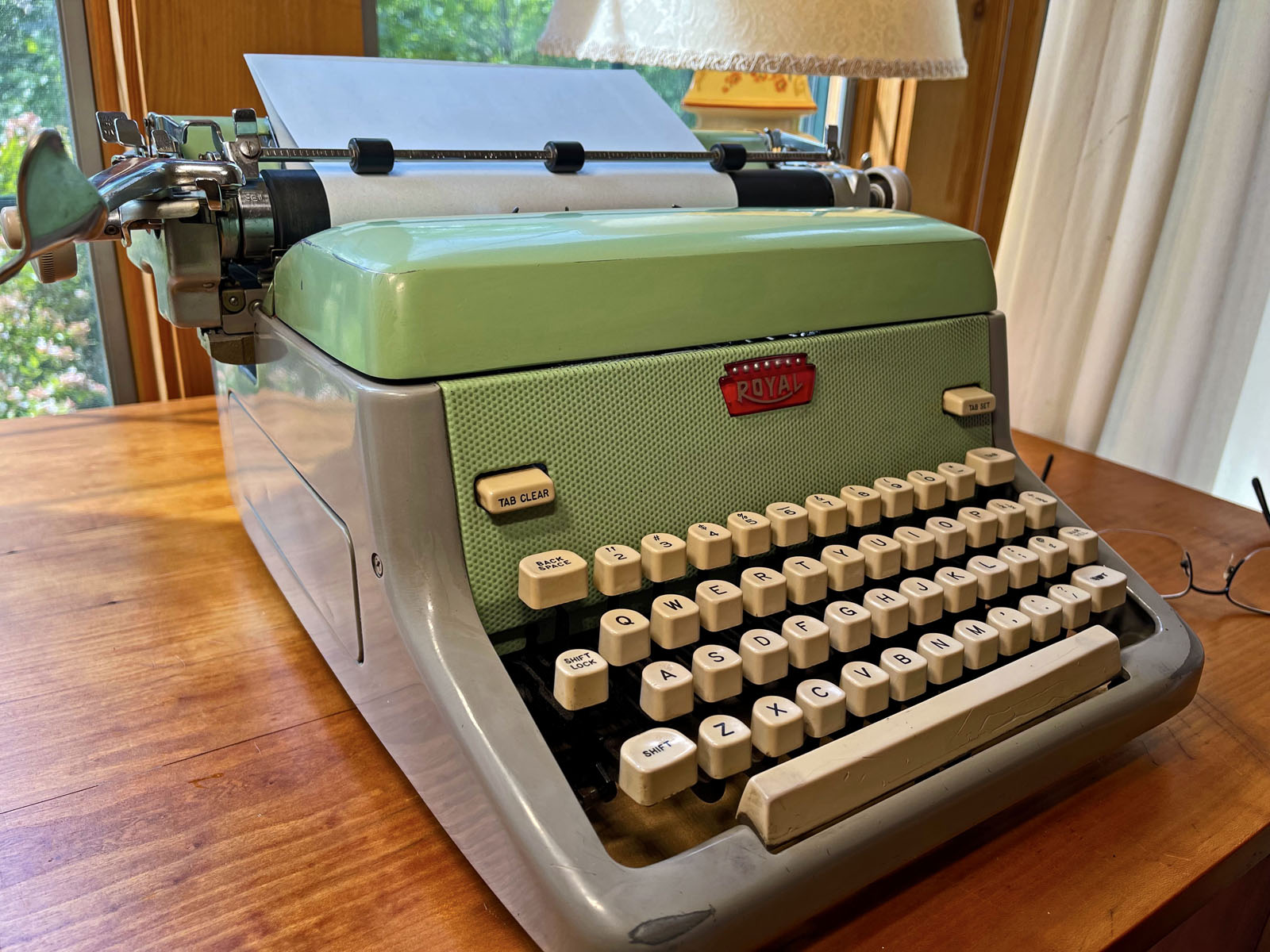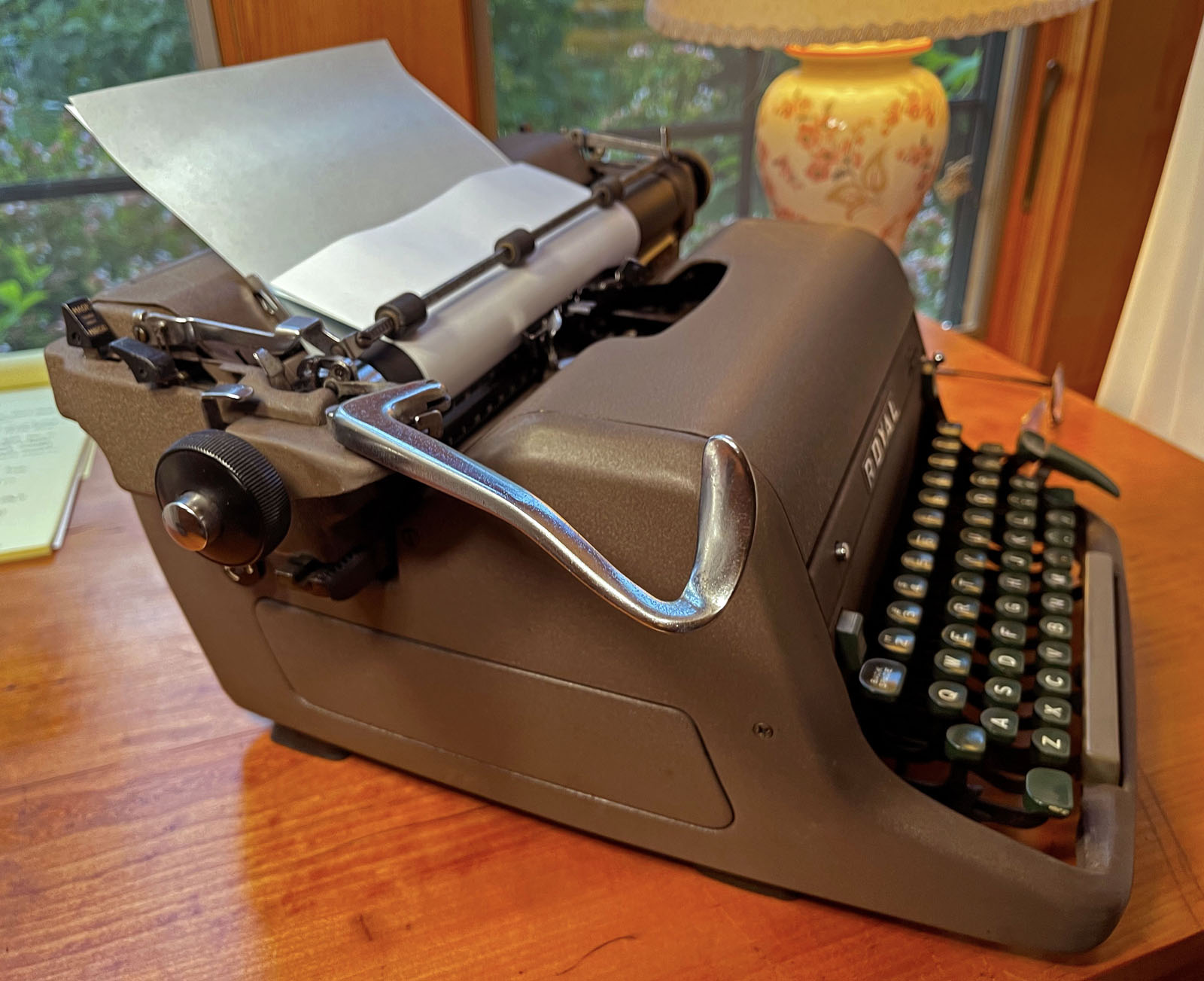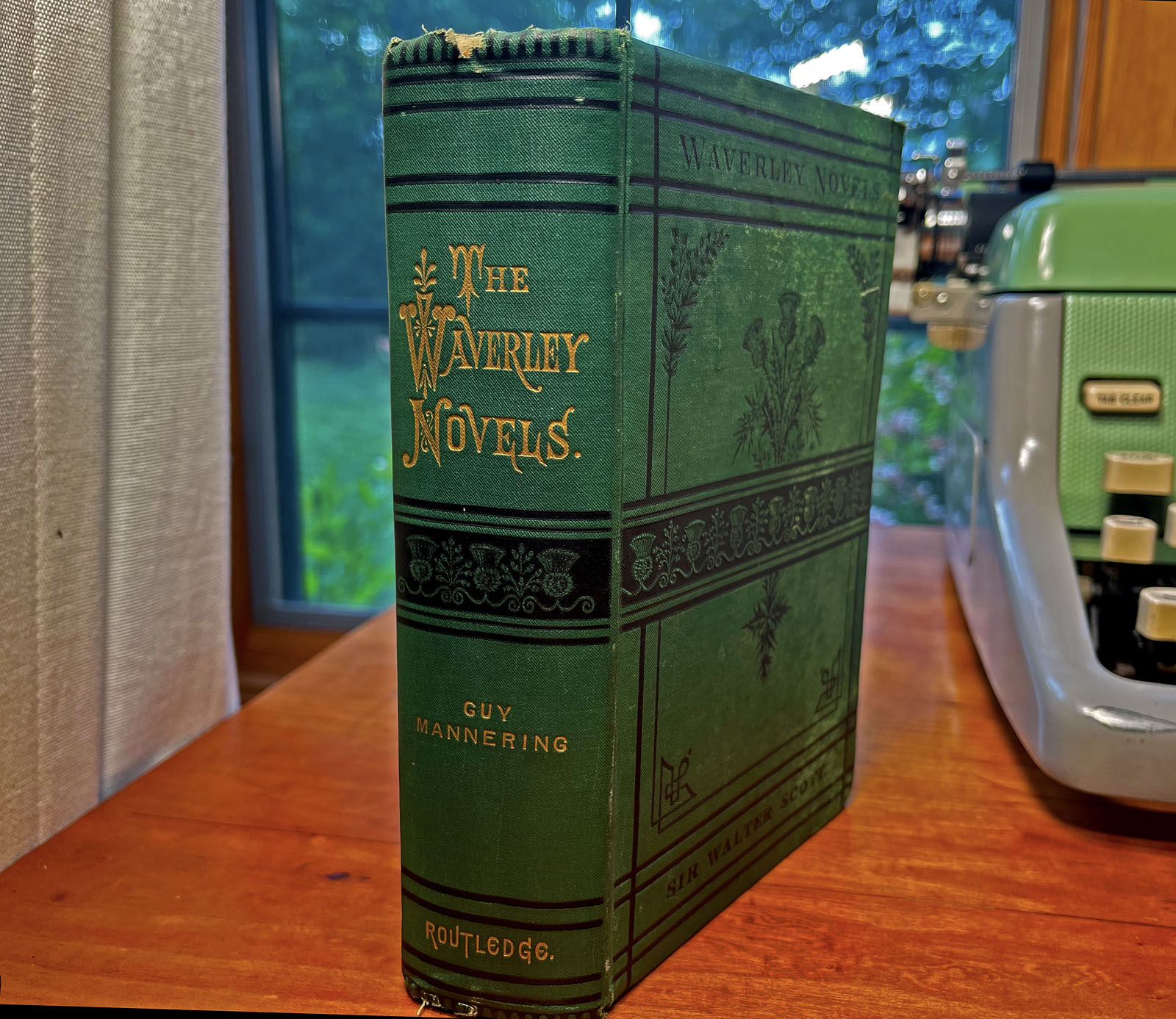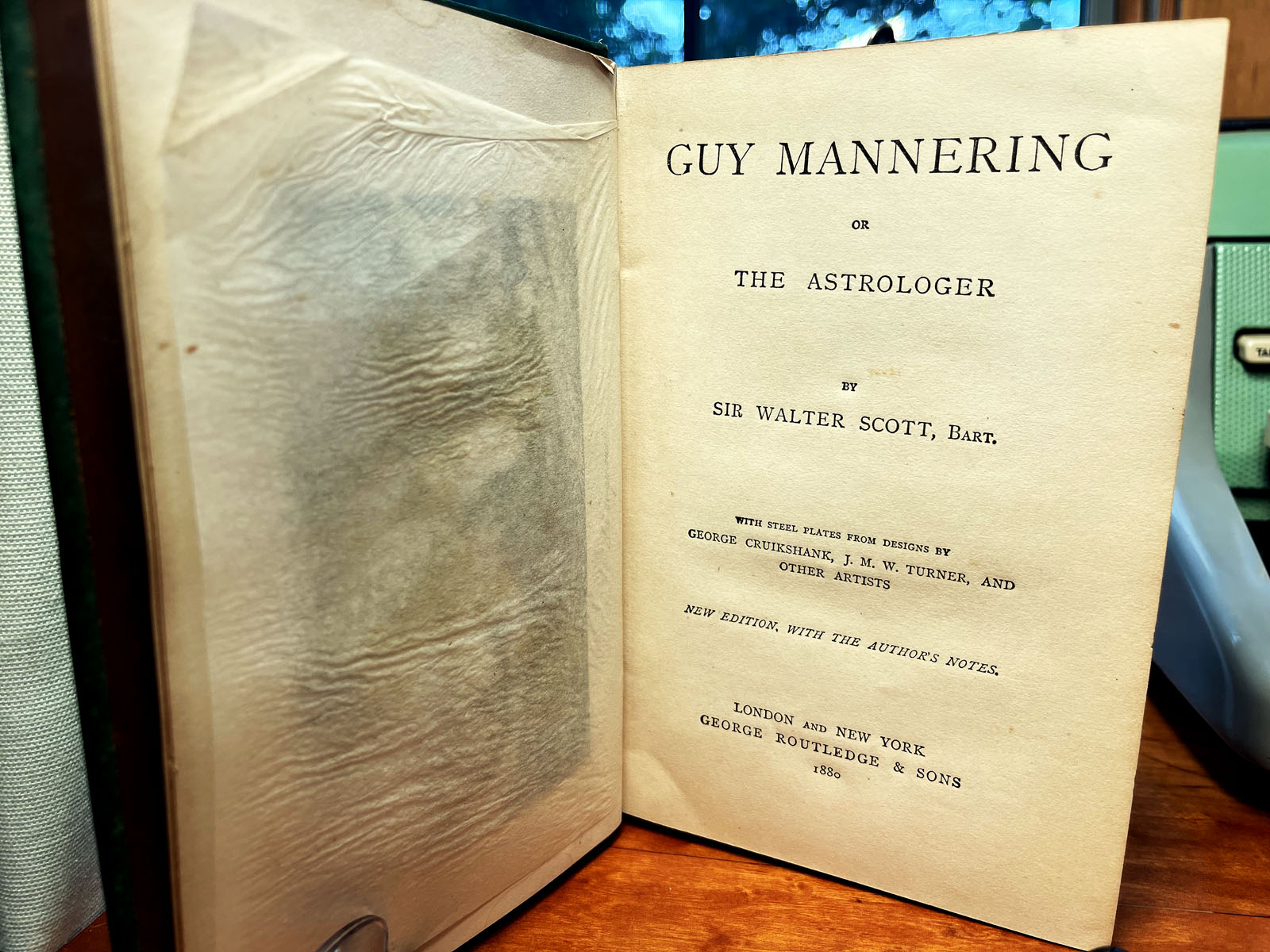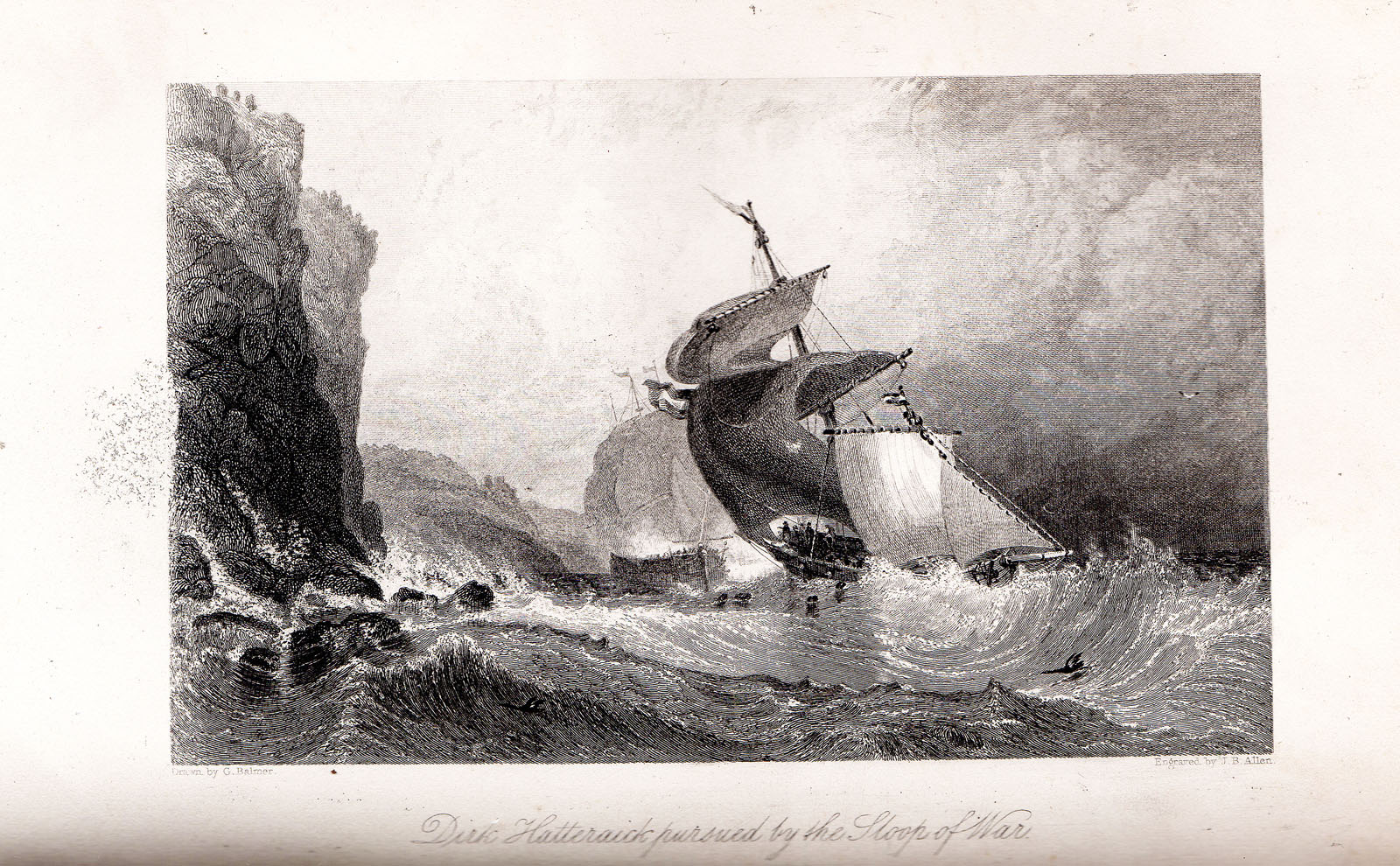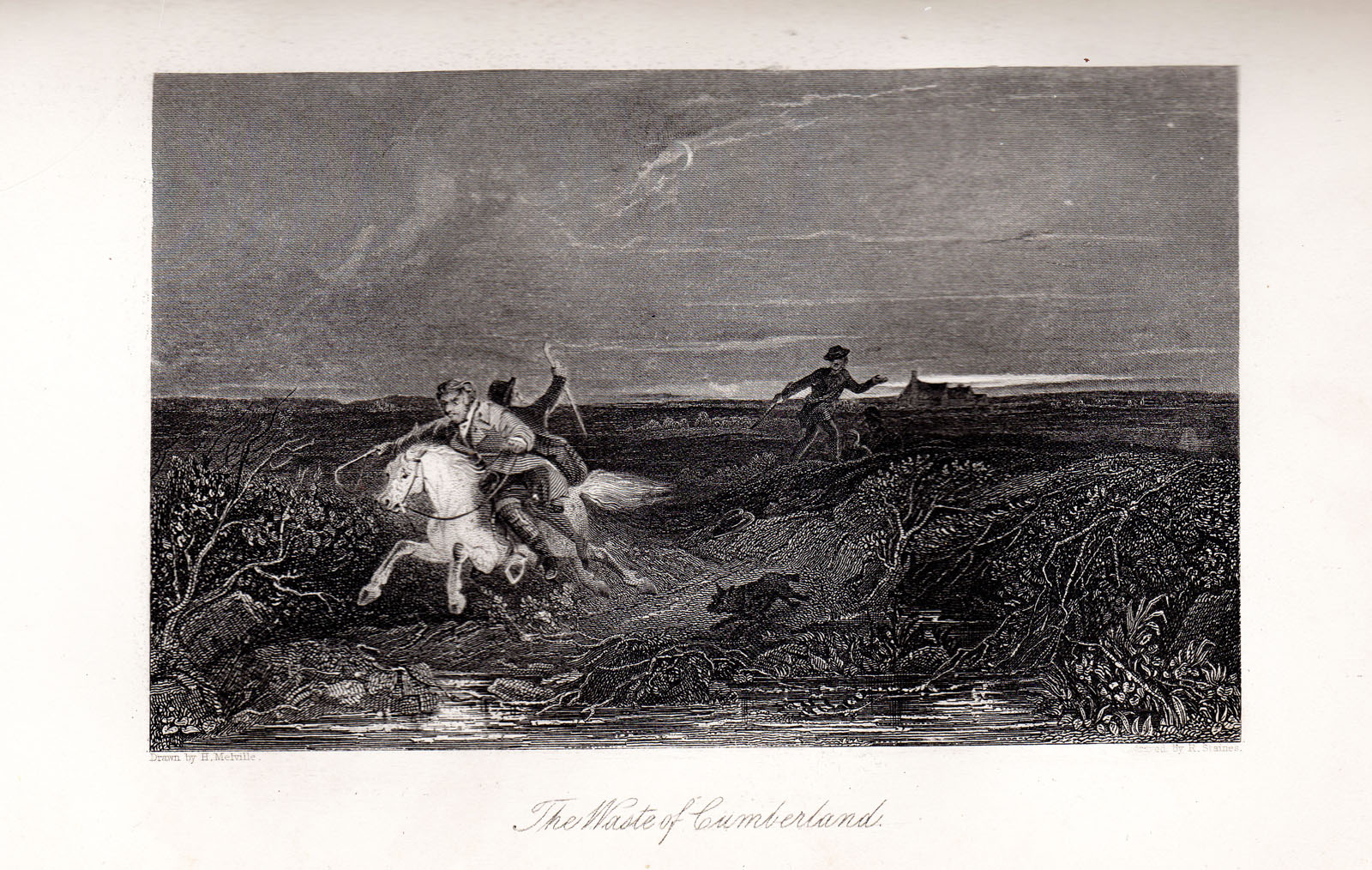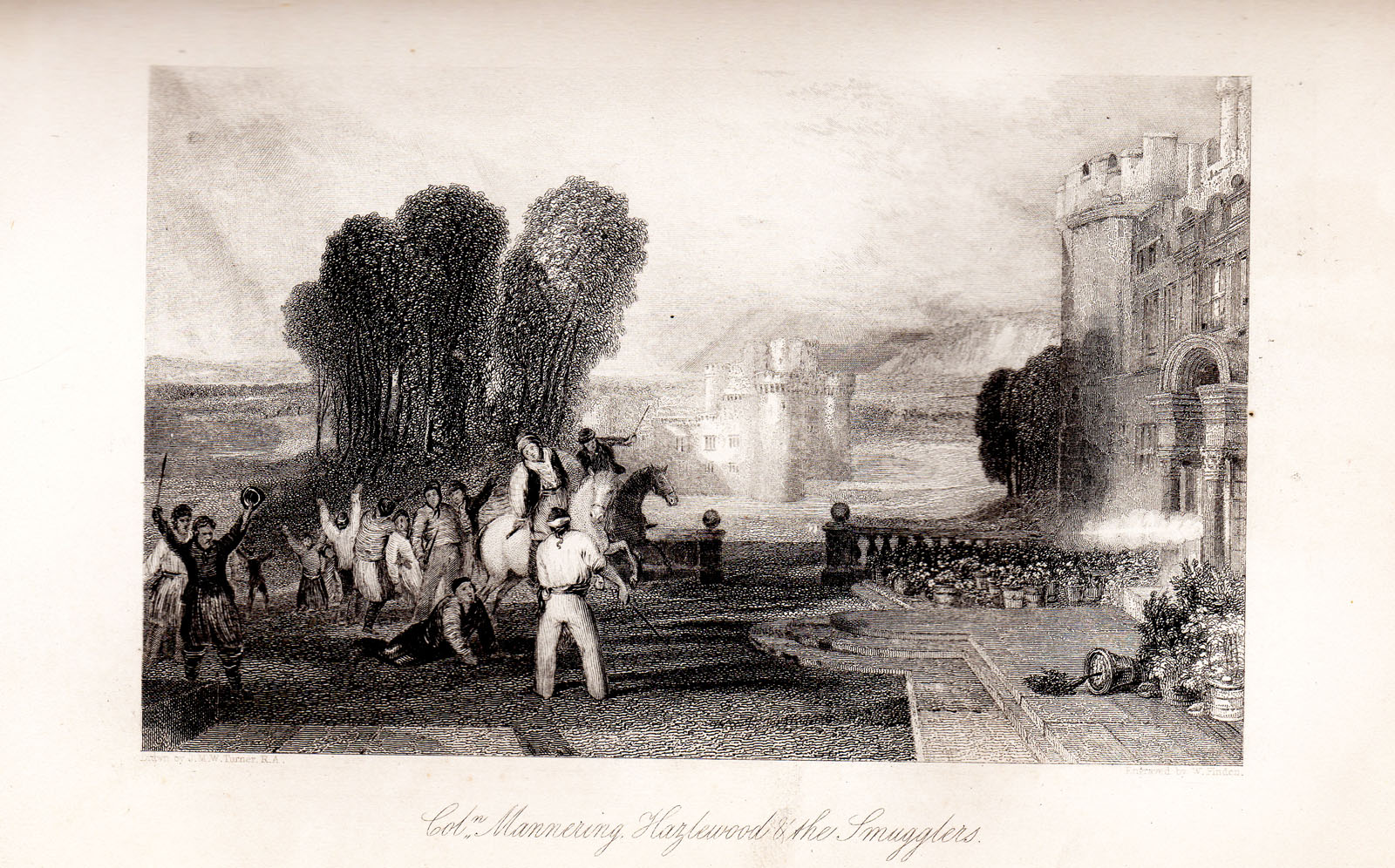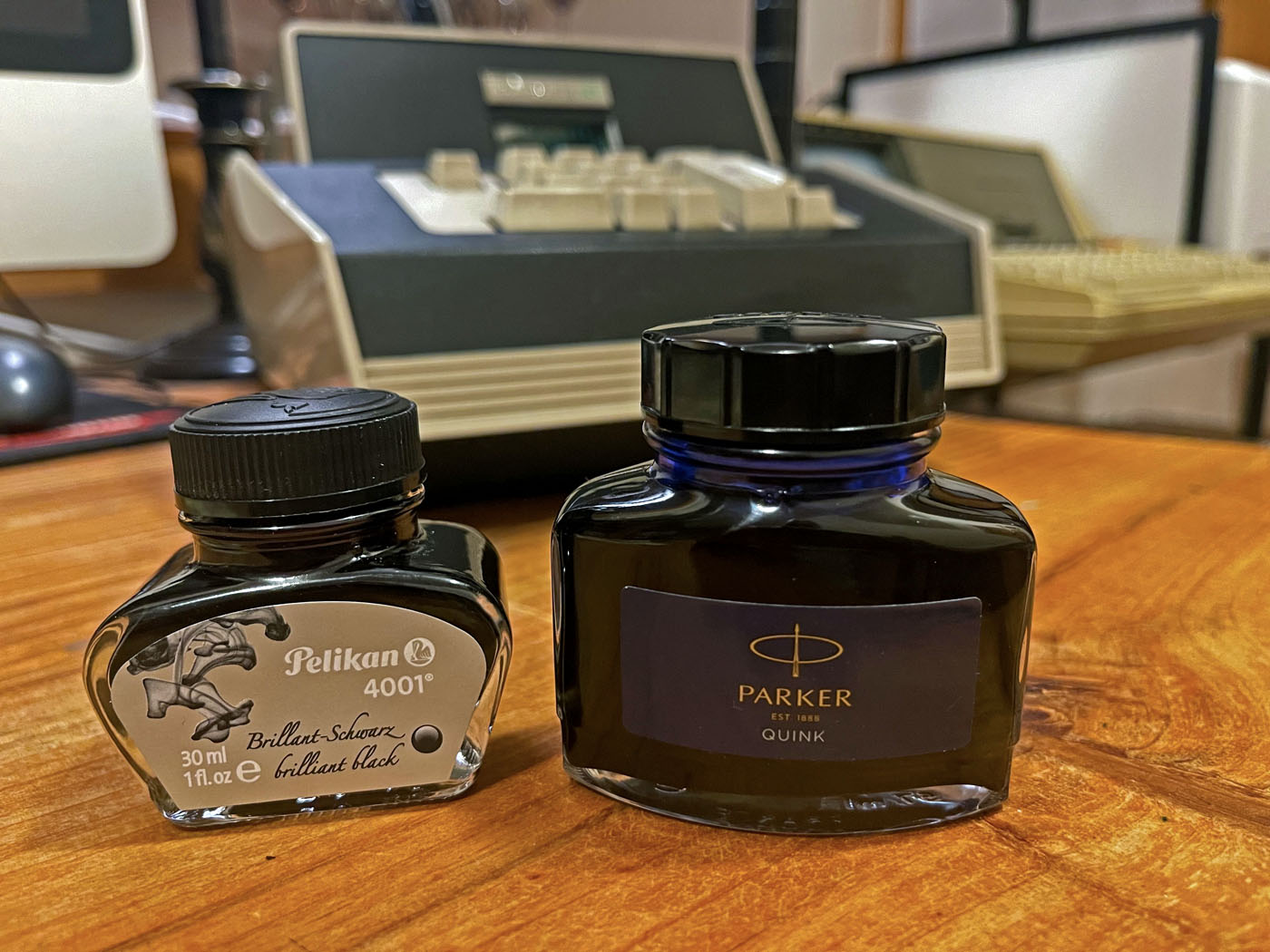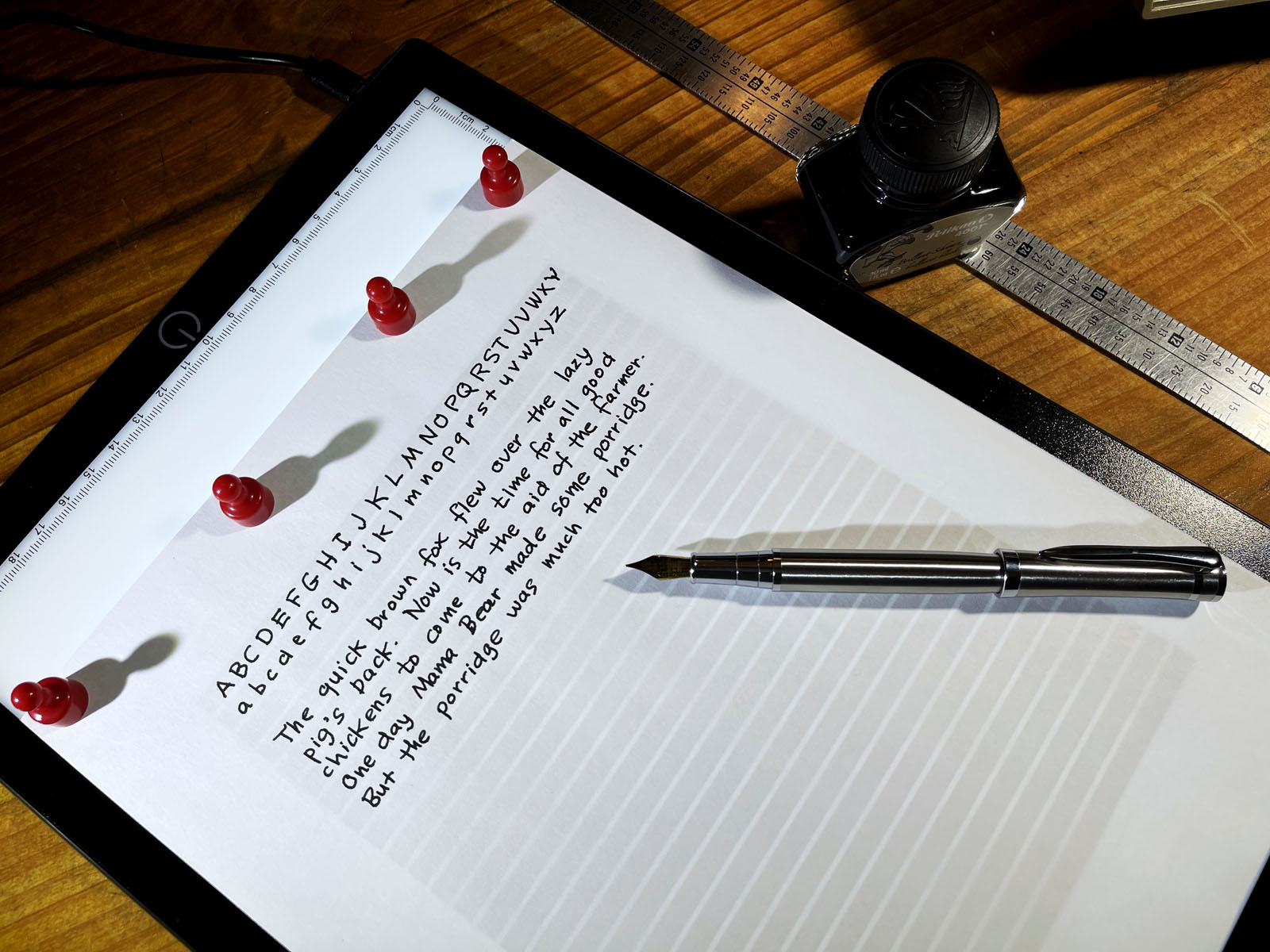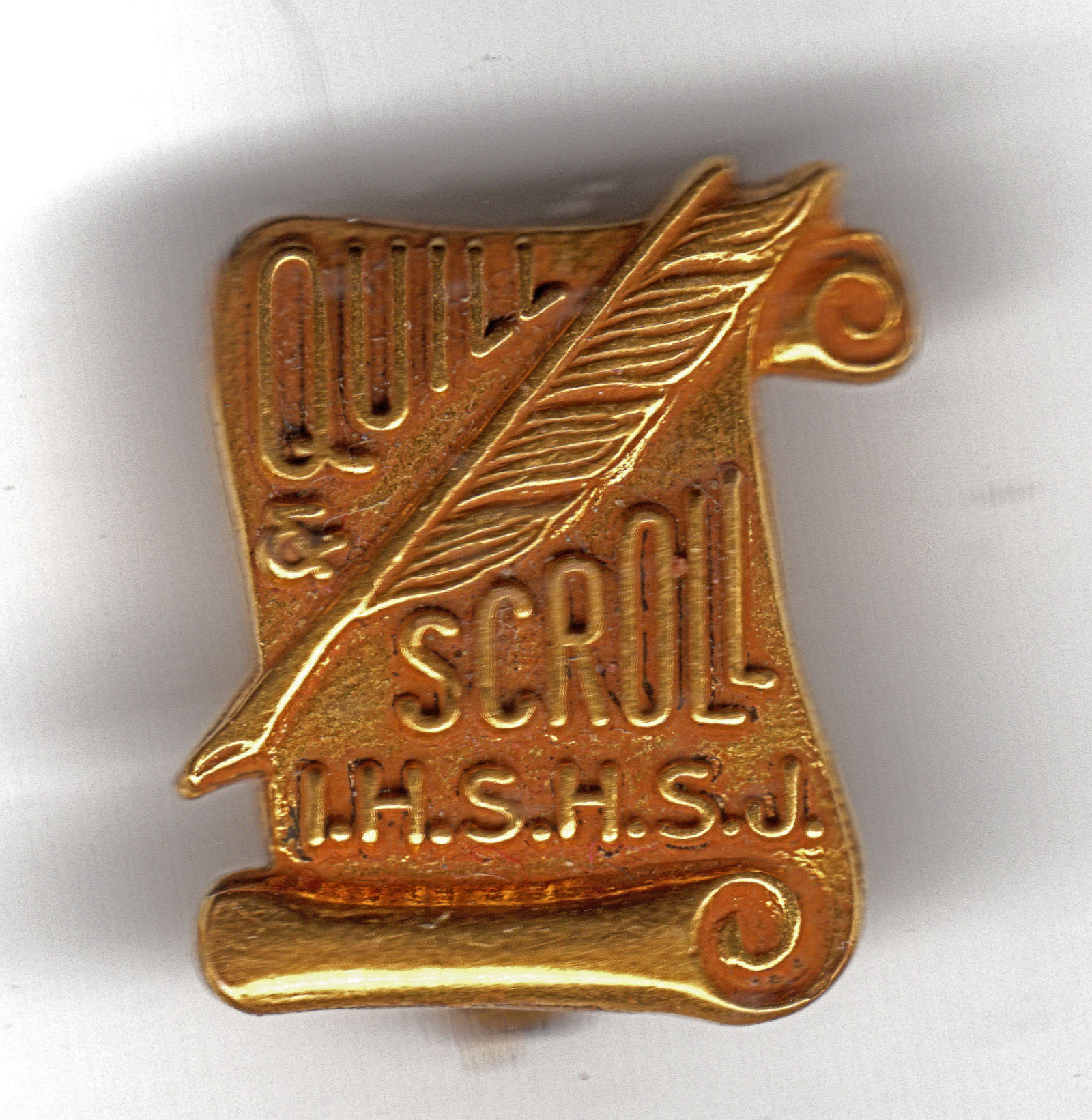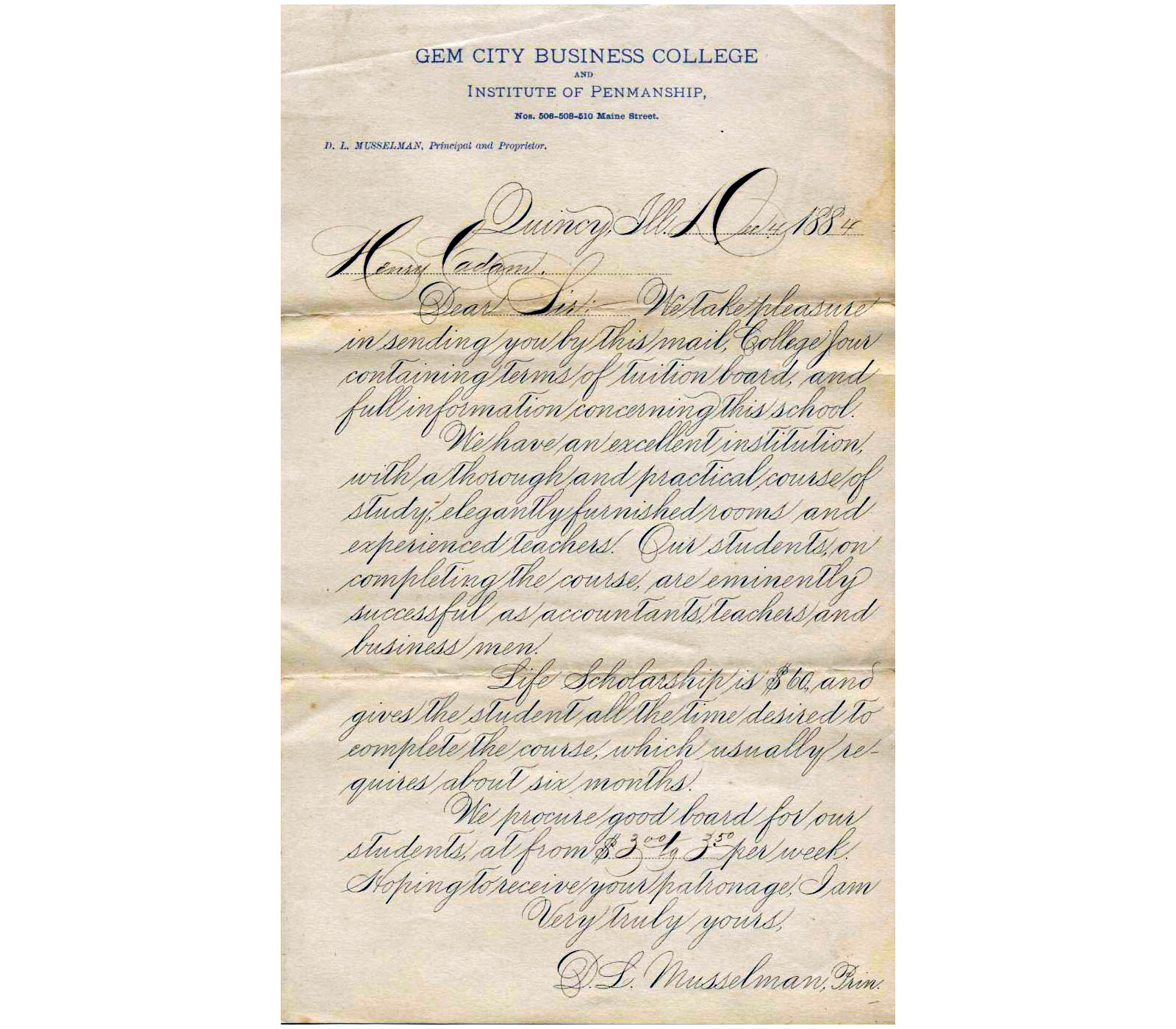
The Atlantic has an interesting piece this morning by a former Harvard president: “Gen Z Never Learned to Read Cursive: How will they interpret the past?” The article mentions that learning to write in cursive was dropped from the standard American curriculum in 2010. This new generation, now in college, “represent the vanguard of a cursiveless world.”
To my surprise, as a lover of classic literature and obsolete technologies (such as typewriters), I find myself wondering if this is really such a bad thing. The ability to read and write cursive is a fine ability to have, certainly. But the question is, given that today’s young people need to learn so much to have a chance in the modern world, is cursive really worth the effort? I think not. There just isn’t time. Keyboards are ubiquitous now.
When I was in elementary school in the 1950s, keyboards existed. But students in elementary school were not allowed to touch them. There was a typewriter in the school office, of course. And there was a typewriter in a workroom that teachers could use to type stencils for the mimeograph machine. Typing class was not offered until the ninth grade or later.
I was in the sixth or seventh grade when, after months of begging, I got my first typewriter. Though there weren’t a lot of books in the house other than a set of encyclopedias, my father had a copy of 20th Century Typewriting. I used that book to teach myself to type correctly. The book was a classic that went through several editions. I came across a reference to the book recently in a discussion of typewriters, and I immediately bought a copy from an online bookseller, because in retrospect it clearly was one of the most important books of my childhood.
The theory with cursive was that it made writing faster, because it wasn’t necessary to lift the pen. But some studies have shown that, at least today, people can print as fast as they can write in cursive. I think the argument is a sound one: We don’t need to learn to write cursive anymore. Whether we need to learn to read it is a separate question. But I also wonder if it’s truly that difficult to read cursive, even if you can’t write it. We recognize many fonts, after all, including cursive fonts. I am skeptical of the claim that cursive looks like hieroglyphs to Generation Z. Next time I run into a Gen Z’er, I’ll do the experiment.
Back in the days when handwriting was a constant form of communication, we recognized each other’s handwriting. That, to be sure, is a sad thing to lose. But society is not going to fall apart because of that.
As writing in cursive has become obsolete, learning to type well, I would argue, has become even more important — to social lives as well as to careers. When people avoid email and instead want to talk on the phone, I always suspect that it’s because they’re poor typists. Tough. I still refuse to talk on the phone.
Show me a person who types well, and I will show you a person who very probably lives well. It’s typing (even with the thumbs) that now provides our social glue and that enables the world’s machinery to keep turning.
